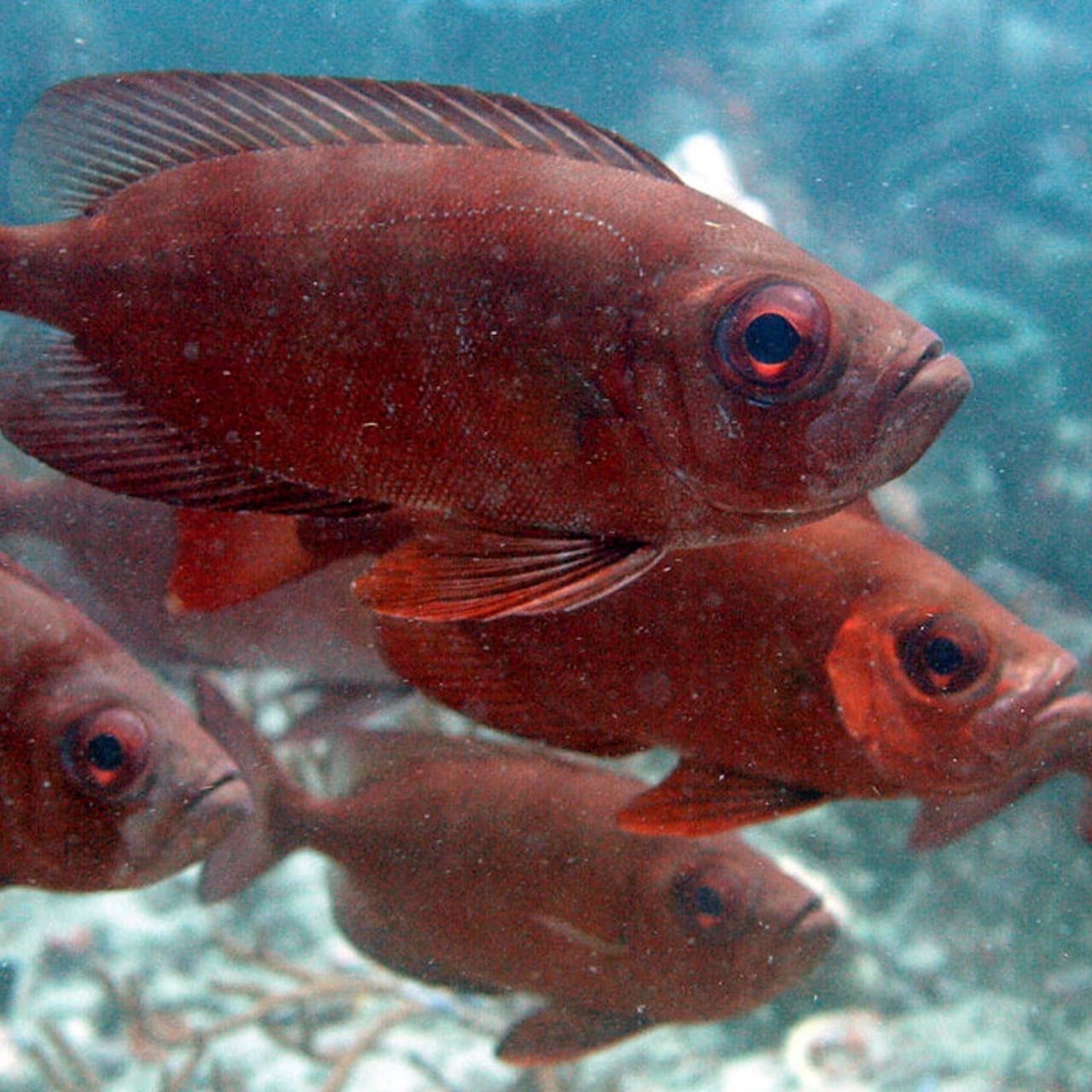Introduction
Species Name: Atlantic Bigeye
Family Name: Scombridae
The Atlantic Bigeye, scientific name Thunnus obesus, falls under the family Scombridae. This family, colloquially known as the mackerel family, includes other top sea predators such as tuna and bonitos.
Conservation Status
Current Status: Vulnerable
Conservation Efforts
The Atlantic Bigeye tuna has been listed as vulnerable by the International Union for Conservation of Nature (IUCN). Conservation efforts have been enforced worldwide to protect the species from over-exploitation. Protection measures include limited fishing quotas and the promotion of sustainable fishing practices.
Statistics
| Average | Range | |
|---|---|---|
| Length | 200 cm | 180-250 cm |
| Weight | 75 kg | 15-200 kg |
| Lifespan | 10 years |
Distribution
Regions/Countries
The Atlantic Bigeye is found in the tropical and temperate parts of the Atlantic Ocean.
Migration Patterns
These predators often go for long-distance migrations which are influenced by ocean temperatures and food availability.
Habitats
| Water Type | Depth Range | Temperature Range |
|---|---|---|
| Open Tropical Oceans | 0-400 meters | Warm |
When and Where to See
Seasonal patterns
They are more abundant during warmer periods but can be spotted throughout the year.
Time of day
Atlantic Bigeye tuna is nocturnal and tends to be closer to the surface during nighttime.
Best Fishing Locations
Top Fishing Places
- Madeira, Portugal
- The Canaries, Spain
- Cape Verde
- The Azores
- Florida, USA
- Bahamas
- Saint Helena
- Puerto Rico
- Bermuda
- Senegal
How to Catch
Preferred Baits or Lures
For best results, use natural baits like squid and mackerel.
Fishing Techniques
Trolling techniques are most effective when it comes to catching Atlantic Bigeye tuna.
Identification Guide
The Atlantic Bigeye tuna can be identified by the two distinct dorsal fins, a streamlined body, and a silvery-white belly.
Culinary
How to Cook
Atlantic Bigeye tuna’s dense and firm meat can be enjoyed raw in sushi, cooked in steaks, or grilled on a barbecue.
Nutritional Information
Atlantic Bigeye tuna is low in fat and is a good source of Vitamin D, and Omega-3 fatty acids.
Additional Information
Predators and Threats
Sharks, dolphins, and humans are among the known threats of Atlantic Bigeye tuna.
References and Further Reading
- Food and Agriculture Organization of the United Nations – Species Fact Sheet
- International Game Fish Association – World Record Game Fishes

